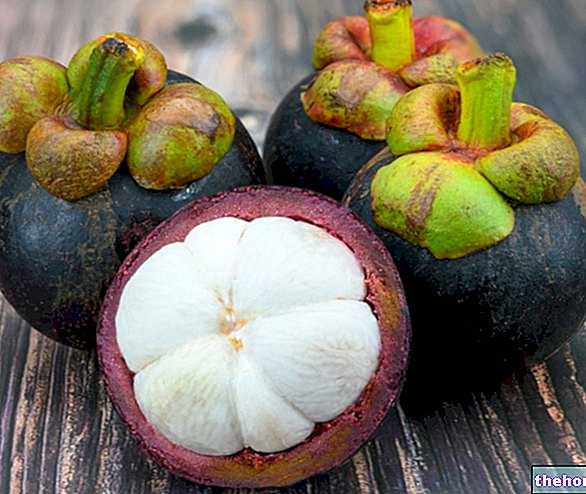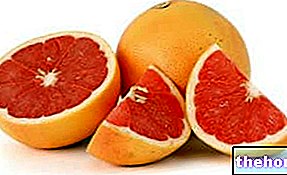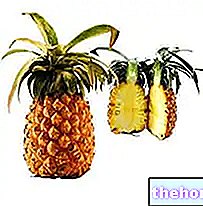By Dr. Rita Fabbri

Botanical name: Angelica archangelica L. (sin. Angelica officinalis Hoffm.)
Family: Umbrellifere (or Apiaceae)
Parts used: Roots
Botanical description
Angelica is a biennial or perennial herbaceous plant. The erect, robust, hollow and reddish stems can reach two meters in height. The leaves, bright green and up to half a meter long, are petiolate, with a clear sheath that wraps around the stem, pinnate, with a serrated edge and a lighter green color on the underside. Angelica can be compared to a giant parsley with stalks similar to those of celery. The root is robust and fleshy. The small flowers, between light green and pale yellow, are gathered in large, compact and round umbels; Angelica blooms in late summer, the inflorescences have a sweet and warm scent, reminiscent of anise. The fruit is made up of two achenes leaning against each other, of a brownish color with three clearly visible dorsal ribs and a short wing with a tuberous consistency.
The plants are found in the wet meadows of mountain resorts, on the banks of rivers and in coastal areas. The ideal climate is temperate, the best exposure is half shade and the soil must be rich in organic substances and well drained. Angelica generally tolerates both high and low temperatures well.
It can also be used as an ornamental plant: it is advisable to choose a pot suitable for the size and always keep the soil moist.
Angelica is a plant native to northern Europe and Asia. In Europe (Germany, France, Hungary and Belgium) the species cultivated and used for medicinal purposes is the "Angelica archangelica. In Italy it grows spontaneously only in some meadows of the Alps and the Apennines, and is often confused with the "Angelica sylvestris (or wild Angelica).
The main species, Angelica archangelica (or Angelica officinalis), differs from that sylvestris which is much less fragrant, smaller both in height and in size of the leaves, the green tone is identical on both sides of the leaf, the flowers are pinkish-white and is not used in cooking.
The root is the commonly used part of the plant and is harvested in the fall. You can also use the seeds extracted from the umbrellas in late summer, the stem always harvested in summer, and the leaves collected in late spring.
There are about thirty species of Angelica; among the most important we can mention (Latin name and common name):
- Angelica sinensis or polymorpha (Chinese angelica, dong quai)
- Angelica acutifolia (Japanese Angelica)
- Angelica atropurpurea (American Angelica)
- Angelica sylvestris (Wild Angelica)
- Angelica archangelica or officinalis (European Angelica)
"Angelica dong quai has always been cultivated as a medicinal plant for various gynecological disorders (dysmenorrhea, amenorrhea, metrorrhagia, disorders related to menopause especially hot flashes and as a supplement during pregnancy); for this reason it is often referred to as" female ginseng "(4 -6) Later the Japanese Angelica was introduced. The two species seem to have similar phytotherapeutic effects even though China and Japan claim theirs as the most effective.
According to some authors, the European and American Angelica also have therapeutic activities different from the Asian ones, but this difference has not been scientifically proven. The most common phytotherapeutic use of American Angelica is in heartburn and colitis associated with symptoms such as abdominal pain and tension, diarrhea, constipation, flatulence, bloating, bloating and digestive difficulties.
Chemical composition
L"Angelica archangelica it is very rich in coumarins, including ostol, ostenol, umbelliferone, angelicin, archangelicin, bergapten, ostructol and other coumarins not yet identified.
The root also contains flavonoids, caffeic acids, tannins, resinous, bitter and sugary substances. Finally, the root contains an essential oil (0.3-1%) rich in monoterpenes, such as α-pinene, β felladrene, limonene and p-cymene, borneol and macrocyclic lactones. The quantity and quality of Angelica essential oil vary according to the place of origin of the drug: plants that grow to great heights are richer in oil, therefore more aromatic (9-10). Angelica essential oil is the lactone of 15-oxo-pentadecenoic acid (11-12).
The Chinese and Japanese Angelica have a very similar chemical composition and contain coumarins, flavonoids and an essential oil whose aroma is characteristic and different from that of the "archangelica.
Other articles on "Angelica - Botanical Description and Chemical Composition"
- Angelica
- Angelica - Therapeutic indications
- Angelica in Herbalist: property of Angelica




























